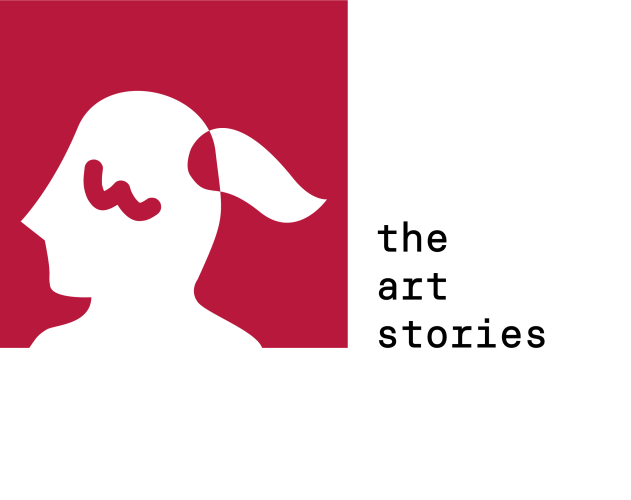Kandinsky is one of my favorite painters of all time. He is thought of by many to be the father of abstract painting. However, there is a woman that painted abstractly a few years before him and whose work remains largely unrecognized by the general public. It is Hilma Af Klint, a Swedish painter born in 1862 in Sweden. She was a naval commander’s daughter and she spent a lot of time in Lake Malaren in Sweden. It is there that she came into contact with nature and its miracles which she studied feverishly throughout her life. From botany to mathematics, Klint was very much a student of the universe.
At age twenty, she was admitted at the Royal Academy of Fine Arts in Stockholm. She started as any other artist of her time painting landscapes and portraits and continued to do so to earn a living. It was in 1880 when her sister died that she turned to religion. She started attending theosophical séances, Theosophy being a religion established by Madame Blavatsky. She completely immersed herself in this religion and remained spiritual up until her death. Theosophy was where Klint gained her friends. They formed a group called The Five and held regular séances which included practices like meditation but also Christian prayers. They studied the New Testament and claimed to be witnesses of paranormal activity and receivers of messages of Theosophy’s High Masters.
Embed from Getty ImagesIt was at one of these séances that Klint accepted the assignment to create the paintings for the Temple by the High Masters. This assignment kept her busy for many years, from 1906 to 1915. Klint wrote about her works for the Temple: The pictures were painted directly through me, without any preliminary drawings and with great force. I had no idea what the paintings were supposed to depict; nevertheless I worked swiftly and surely, without changing a single brush stroke. Through these works that started in 1906 Klint formed her own painting language by engaging in automatic drawing during the séances with The Five. Her work for the Temple included 193 paintings, some of which are very large, measuring 240 x 320 cm. The Ten Largest is the collection of paintings that describes her different life phases.
Klint used color in a symbolic way, yellow being the color of the male spirit and blue being the female and green their union. Pink and red stood for physical or spiritual love. Her paintings for The Temple are her life’s most important work. But that didn’t mean that when the guidance by the High Masters ended she abandoned abstraction completely. She remained faithful to her painting language. Even though she was sure that her work was important, she was doubtful of the world being ready for it. This is why she ordered for her work to be revealed twenty years after her death. Klint’s path to abstraction and her spiritual endeavors remain parallel to Kandinsky’s work and even precede him for a few years. Even though it is highly unlikely that the two artists ever met, they did exhibit at the same exhibition with Kandinsky showing many works and Klint remaining faithful to what her instinct told her, showing only two. Hilma Af Klint’s work was shown for the first time at the exhibition The Spiritual in Art, Abstract Paintings: 1890 – 1985, in Los Angeles. This was the start of a round of popularity for her work with another retrospective at The Guggenheim in 2019 being one of the museum’s most popular shows ever. It seems that Hilma Af Klint was the mother of abstract art, after all.









